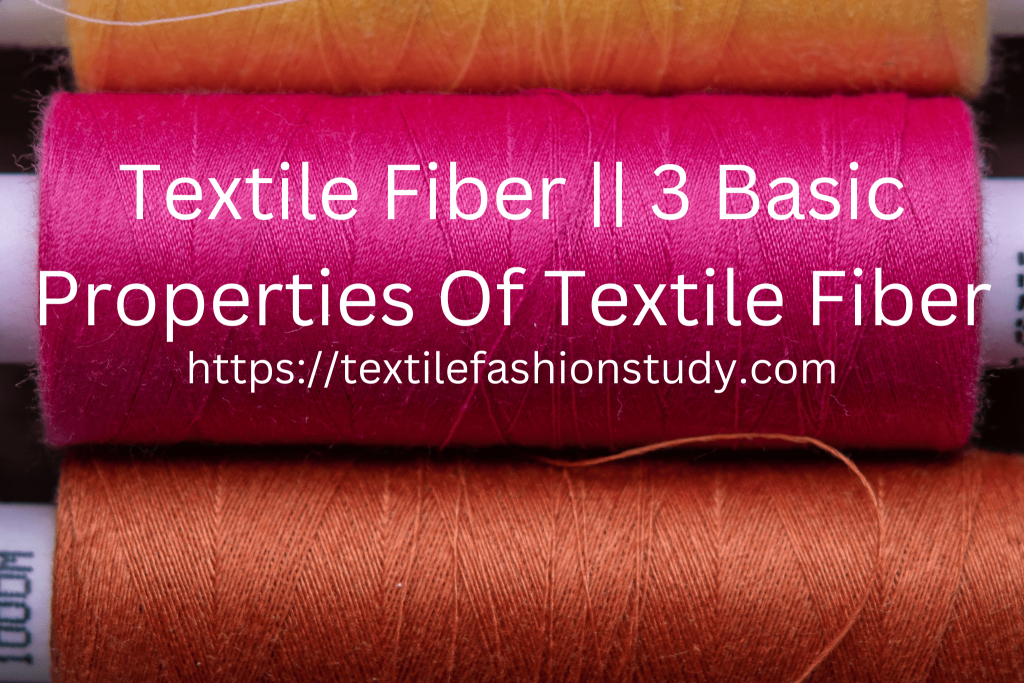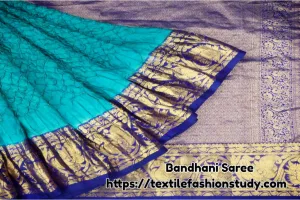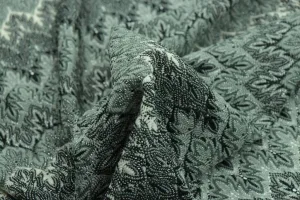Table of Contents
Textile Fiber
Textile fiber is that which is 100 times longer than its width. In fact, a fiber that could be spun for yarn production is called textile fiber. Fibers are mainly two types: natural fiber and synthetic fiber. However, textile fiber is used for producing different types of woven, non-woven, and knitted fabrics.
Textile fiber, which is used for yarn or fabric production, should have some properties indeed. Generally physical, chemical, and structural properties are important to know for the textile fiber. Here, I have given a list of properties’ names, such as physical, chemical, and structural properties, which are required to be known.

Physical Properties of Textile Fiber:
I have given the physical properties name with their unit identically. A fiber should have the following physical properties. The following are the physical properties of the fiber. They are:
- Tenacity / Specific Strength (g/den)
- Length (cm/inch)
- Fineness (mic-value)
- Moisture Regain (MR %) and Moisture Content (MC %)
- Specific Gravity (g/cc)
- Elongation (cum/inch)
- Elastic Recovery (%)
- Initial Young Modulus (g/den)
- Breaking Length (km)
- The extension (%)
- Maturity
- Swelling R Water Relation %
- Static Electrification
- Glass-Transmission Temperature (T9)
- Crystalline Melting Point (Tm)
- Discoloration
- Specific Heat
- Burning Behavior
- Thermal Conductivity
- Pilling Behavior
- Limited Oxygen Demand (LOI %)
- Degradation
Chemical Properties of Textile Fiber
To identify a textile fiber, the following properties play an important role. The following are the chemical properties of textile fiber. They are-
- Chemical Composition
- Effects of Acids
- Effects of Alkalis
- Organic Solvents effect
- Effects of Insects
- Effect of micro-Organism
Structural Properties of Textile Fiber:
Above all, all textile fibers have their own structure by which they can be identified. The following are the structural properties of textile fiber. They are-
- Fine Structure and Appearance
- Micro Structure: They are two types:
- X-Sectional View
- Longitudinal View
So, when we describe any textile fiber, we have to determine the above physical, chemical, and structural properties. Moreover, all of the above properties affect dyeing, printing and the finishing process.
So, textile fiber has a great impact on fabric production.






6 comments
Textileaid
Absolutely an informative blog, many thanks.
Dr. Mary Hilda
well done and very good infromation
Dr. Mary Hilda
Very good information and well done
Hemant Ranade
Nice Book to be preserved.
abu miah
very good
kristie taclima
Super lawiG ang iya sang . Physical pRoperties.